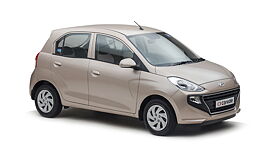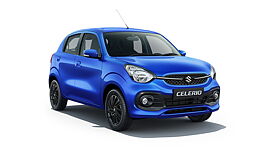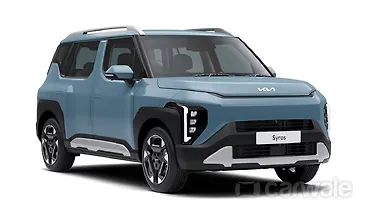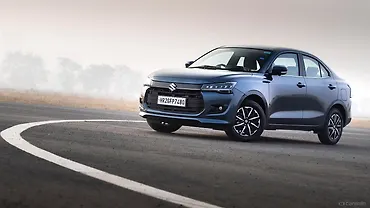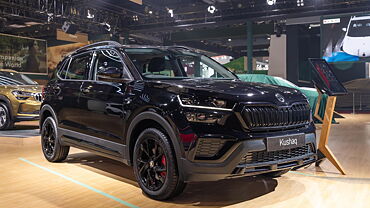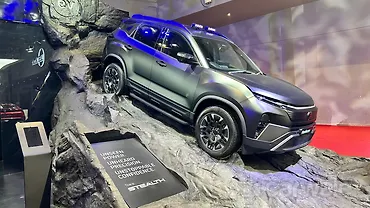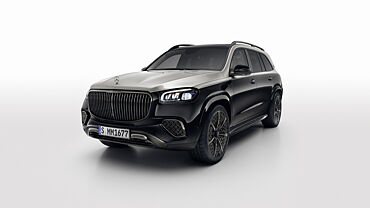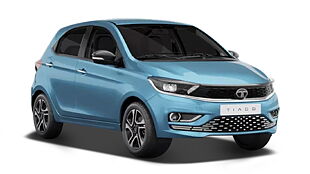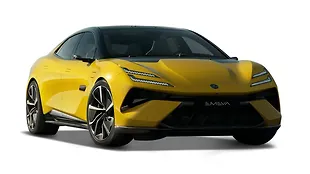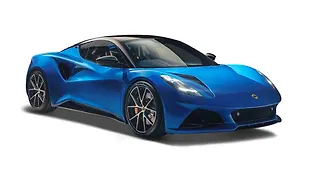
Competition in the entry-level B-segment has intensified with the launch of the new Maruti Suzuki Celerio. The hatchback competes against Hyundai Santro in the country. Both the models are available in the latest-generation avatar. Read below to learn more about the key feature differences.
Exterior
The no-frills Maruti Suzuki Celerio has been serving customers for about seven years. This time around, Maruti Suzuki has introduced the Heartect platform-based, new-generation Celerio in the country with a fresh set of cosmetic and feature updates. The 3D organic sculpted design featuring the new radiant signature front grille with chrome highlights gives it a dynamic stance. Moreover, the Celerio now features animated sweeping headlamps along with droplet-styled taillamps. Depending on the variant, the Celerio also gets a set of 15-inch Urban Black alloy wheels. In terms of dimensions, the Celerio has a length of 3,695mm, a height of 1,555mm, and a width of 1,655mm. The wheelbase stands at 2,435mm.

On the other hand, the Hyundai Santro is based on the ‘Rhythmical Tension’ design ideology, which adapts the hexagonal cascading front grille in the new style. Moreover, the higher variants feature chrome surround on the grille and body-coloured ORVMs and also on handles. Overall, the Santro carries a sleek and sporty profile and is one of the popular choices among car buyers in this segment. In terms of dimensions, the Santro has a length of 3,610mm, a width of 1,645mm, and a height of 1,560mm. The Santro’s wheelbase stands at 2,400mm.

Interior
The new Maruti Suzuki Celerio now gets an all-black interior theme, thereby enhancing the premium quotient. Depending on the variant, the new Celerio offers a seven-inch touchscreen infotainment system with Android Auto and Apple CarPlay. The larger wheelbase has cumulated into more legroom for the occupants. Moreover, the boot space is increased from 235-litres to 313-litres.

The Hyundai Santro offers a dual-tone beige and black interior combination. Depending on the variant, the vehicle offers a seven-inch touchscreen infotainment system display with smartphone connectivity and a multi-function steering wheel. Additional feature highlights include rear washer and wiper, dual front airbags, rearview camera, rear parking sensors, and more.

Engine
The newly launched Maruti Suzuki Celerio is powered by a 1.0-litre K10C, three-cylinder engine which generates 66bhp at 5,500rpm and 89Nm of torque at 3,500rpm. This engine can be had either in a five-speed speed manual or AMT option. The CNG option is expected to be introduced at a later date.

The Hyundai Santro is powered by a 1.1-litre, four-cylinder petrol engine that produces 68bhp at 5,500rpm and 99Nm of torque at 4,500rpm. This engine is available in both five-speed manual transmission and AMT options. The hatchback also offers a CNG option which generates 58bhp at 5,500rpm and 85Nm of torque 4,500rpm.

Conclusion

In terms of space, Maruti Suzuki Celerio takes the brownie points with a larger wheelbase. However, on paper, the Hyundai Santro appears to deliver marginally better performance figures. Moreover, Santro currently has an upper hand with the CNG option. Therefore, depending on individual requirements, potential customers can opt between either of these models.

We have driven the new Celerio, to learn more about it, click here.

